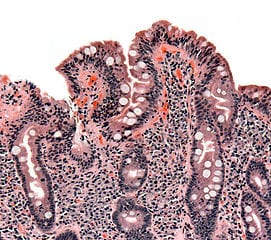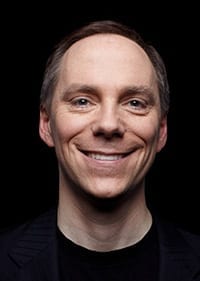Public Health Agency of Canada: February 15, 2013
US Centers for Disease Control: March 7, 2013
Update: A total of 14 confirmed cases of novel coronavirus infection have been identified, with 8 deaths. There seems to be an association with recent travel to the Arabian Peninsula (Saudi Arabia, Qatar, Jordan) and influenza A (H1N1) co-infection. Patients presented with lower respiratory infections. Cases have been reported in the UK but not the US. Testing of specimens in the US is being done by the CDC via local health departments.
Q: How many people have been infected?
A: From April 2012 to March 2013, a total of 14 people from Jordan, Saudi Arabia, Qatar, and the United Kingdom were confirmed to have an infection caused by the novel coronavirus.
- Saudi Arabia: 7 people; 5 of them died
- Qatar: 2 people; both survived
- Jordan: 2 people; both died
- UK: 3 people; 1 died, 1 receiving treatment, 1 recovered
Original Post: In fall 2012, a novel (new) coronavirus was identified in a small number of cases of persons who went to or came from Saudi Arabia, Qatar and Jordan. A new case has recently been identified in the United Kingdom. This individual had no prior travel history, but is a relative of one of the earlier cases and has an underlying medical condition, increasing the risk for respiratory infections. This suggests that the recently identified person may have acquired the infection through human-to-human contact with the relative; however, the risk of contracting this infection is still considered to be very low.

Coronaviruses are the cause of the common cold but can also be the cause of more severe illnesses including Severe Acute Respiratory Syndrome (SARS). At this time, there is still more to learn about this novel coronavirus. All cases have experienced influenza-like illness including signs and symptoms of pneumonia which may include coughing, mucous, shortness of breath, malaise, chest pain and/or fever.
The World Health Organization continues to work with relevant ministries of health and other international partners to support investigations to gain a better understanding of the disease and its risks. There continues to be no travel restrictions as the risk to travellers remains very low.
Reference: CDC MMWR early release March 7, 2013.
Recommendations
Consult a travel health clinic at least six weeks before you travel.
Protect yourself and others from the spread of germs and influenza-like illness
If you are sick with influenza-like symptoms , delay travel or stay home:
- Travelers should recognize signs and symptoms of influenza-like illness, and delay travel or stay home if not feeling well.
- Travelers should note that they may be subject to quarantine measures in some countries if showing flu-like symptoms.
Wash your hands frequently:
- Avoid touching your eyes, nose and mouth with your hands as germs can be spread this way. For example, if you touch a doorknob that has germs on it then touch your mouth, you can get sick.
- By washing your hands with soap under warm running water for at least 20 seconds, you will reduce your chance of getting sick.
- Use alcohol-based hand sanitizer if soap and water are not readily available. It's a good idea to keep some with you in your pocket or purse when you travel.
Practise proper cough and sneeze etiquette:
- Cover your mouth and nose with your arm to reduce the spread of germs. Remember if you use a tissue, dispose of it as soon as possible and wash your hands afterward
- Try to avoid close contact with people who are sick.
Stay up-to-date with your vaccinations
There is no vaccine for this novel coronavirus, however, it is important to be up-to-date on all of your routine and recommended vaccinations, including this year's seasonal flu vaccine, prior to travel.
Monitor your health
If you develop symptoms that cause difficulty breathing upon your return from travel:
- Seek medical attention immediately.
- Tell your health care provider which countries you have visited while traveling.


















 elevated cholesterol in lower risk populations is a bad idea, despite extensive historical drug company marketing to the contrary.
elevated cholesterol in lower risk populations is a bad idea, despite extensive historical drug company marketing to the contrary.

